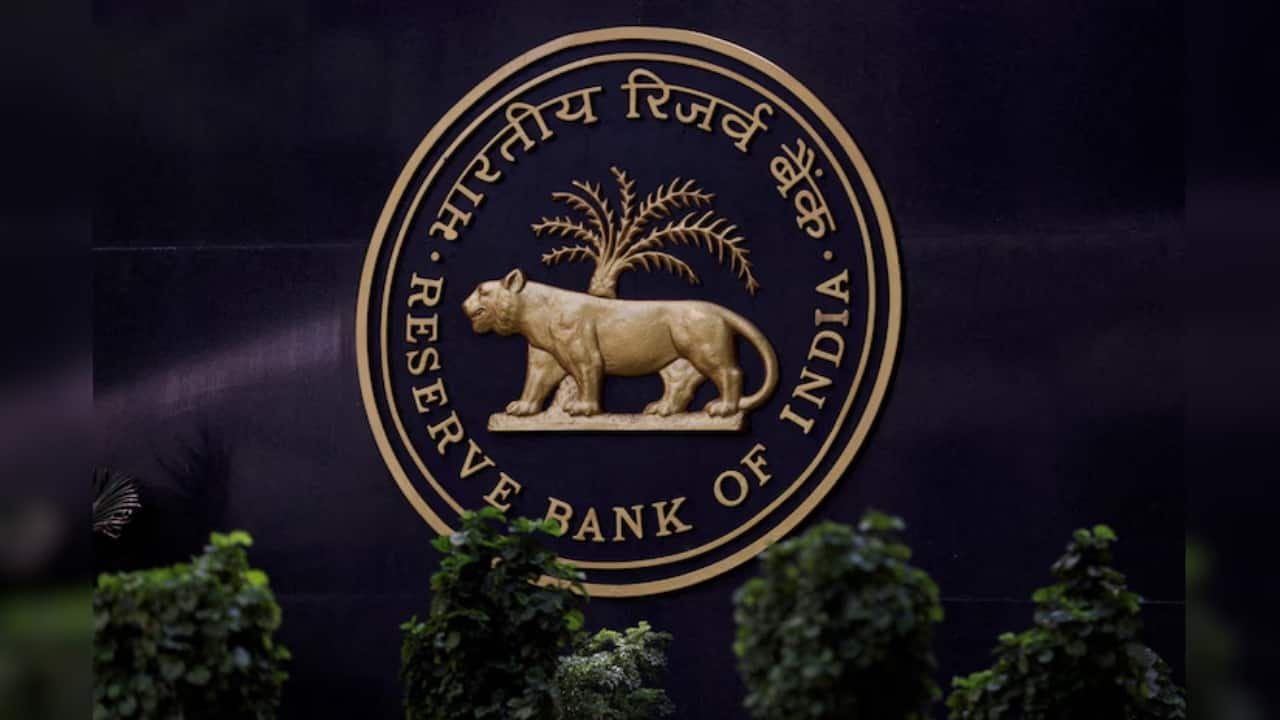India’s information technology (IT) services sector, which has been coping with a slowdown in tech spending in the US, its key market, now faces additional challenges following the US’ additional 26% tariff on Indian products. Although the tariffs have no direct bearing for India’s IT services sector, they are expected to have in terms of demand revival, cost strategies, and growth prospects. In this article, Mint analyses the domestic IT sector’s resilience, adaptability, drivers of demand recovery, and strategies for cost stabilization amid hurdles posed by pricing pressures and fluctuating market conditions.
COFORGE PERSISTENT ZENSARTECH These candidates have been considered based on a mix of parameters that are plaguing India’s IT Industry. Below, I have enumerated in brief the sector dynamics and challenges that lie ahead for select stocks from the Indian IT Industry. Sector dynamics and consolidation Demand recovery and growth drivers Cost savings and price stabilization Challenges: Demand revival, pricing trends, and growth prospects Based on these parameters, I have selected three IT stocks to consider this week: COFORGE Coforge’s exposure to US markets under the new tariff regime will likely create significant cost pressures, raising concerns about market access.

Since the US contributes to nearly half of Coforge’s revenue, there has to be a shift in the company’s gameplan. The reciprocal tariffs would indirectly affect India’s IT sector as the move is expected to increase inflation in the US, leading to reduced discretionary spending on technology. Coforge delivered a strong performance in 2024-25.
The company reported a 40.3% year-on-year revenue growth in Q3 FY25, with revenue reaching 3,318.2 crore (approximately $397.
1 million). Its EBITDA grew by 29.3% year-on-year, reflecting operational efficiency and resilience.
Coforge also secured four large deals in Q3 FY25, showcasing its ability to maintain client confidence and expand its order book, which now stands at $1.37 billion. Coforge’s strategic focus on emerging technologies such as AI, cloud computing, and cybersecurity has helped it navigate the challenging macroeconomic environment.
The company has also diversified its market presence, with growth across the Americas, EMEA (Europe, Middle East, and Africa), and APAC (Asia-Pacific) regions. The recent erosion in Coforge’s share price after hitting the 5-figure mark highlights the stock’s inability to sustain the profit-booking. After receiving continued selling pressure, we can expect the prices to head towards some important value support region around 5,500.
Further, there is a Fibonacci confluence of a retracement support from May 2024 lows to December 2024 highs, combined with the recent 2-point extension, which is forming a Fibonacci confluence at the same levels. These levels ahead of the numbers are offering a good point to arrest the decline, which can produce some genuine buying in this IT counter. One should consider going long at dips near 5,500-5,550 with a stop below 4,900 for a rise towards 7,500 in the next 3 months.
Looking ahead, Trump’s tariff regime presents hurdles, but Coforge’s robust financial performance, strategic focus on innovation, and strong market positioning indicate promising growth prospects in a challenging global landscape. PERSISTENT Persistent Systems, too, would have to face the brunt of the US’ additional tariffs on Indian exports. While this is daunting for companies like Persistent, which relies heavily on US clients for revenue, this situation could trigger some innovation in the company.
Persistent Systems demonstrated resilience in FY25. The company achieved revenue growth of $1.344 billion, marking its 19th consecutive quarter of sequential growth.
Persistent’s focus on emerging technologies such as AI, cloud computing, and cybersecurity has helped it maintain a competitive edge. Strategic investments in automation and operational efficiency have also contributed to its ability to navigate macroeconomic uncertainties. Persistent Systems reported a net profit of 372.
99 crore in Q3 FY25, reflecting a 14.8% year-on-year increase. Its EBIT margin expanded to 14.
9%, showcasing improved operational efficiency. The company has been recognized for its innovative solutions, including AI-powered platforms, which have bolstered its market positioning. After a stellar run in 2024, when Persistent’s prices went up by more than 50%, supported by steady buying interest and encouraging financials, the negative newsflow is impacting the prices now.
As portfolio exits continue to plague this performer, we need to understand that the uncertainty surrounding the tariff cannot persist forever. However, as we enter this week, the sharp selling pressure would continue to drag Persistent’s prices lower. Based on some Fibonacci projections and retracement confluences, we note that 3,950-4,025 offers some credible support.
Looking into the next 3 months, a reaction of the trends into these levels could offer us a very low risk opportunity on the long side. As higher timeframes show limited selling pressure, this support could contain the pessimism that is currently curtailing any revival in this counter. With a ‘buy’ possibility unfolding if these levels are held, one can consider some upside towards 5,200 in the next 3 months as long as 3,900 level holds on the downside.
In summary, Persistent Systems has shown resilience and adaptability in the face of geopolitical and economic pressures. Its strategic focus on innovation and operational efficiency positions it well for sustained growth in a challenging global environment. ZENSARTECH With the US being a vital market for Zensar Technologies, adapting to these changes remains critical for the company.
Zensar reported a steady performance in Q3 FY25, showcasing resilience amidst a challenging macroeconomic environment. The company achieved a revenue of $157.0 million, reflecting an 8.
6% year-on-year growth in reported currency and 7.5% in constant currency. In FY25, Zensar showcased its ability to weather tough conditions.
Furthermore, Zensar’s strong cash reserves of $261.7 million underscore its financial resilience and prudent management. Zensar’s continued investment in AI, digital transformation, and automation has positioned it well to capture emerging opportunities.
The company’s diversified client portfolio across verticals and regions further mitigates risks tied to US-specific tariff issues. After a strong run seen in 2023 and 2024, the rise mellowed with some profit-booking that dragged Zensar’s prices lower. However, the absence of selling interest has kept the stock holding on above important support regions.
As can be observed from the higher timeframe charts, the reaction into the Gann 2x1 support trendline has kept the selling pressure at bay. This line will again come into contention and could act as an important zone in the coming week. Any reaction around 610-620 could be a good support zone to buy into this stock as there are multiple supports emerging at these levels.
With bearish momentum not really in the driver’s seat, we could see an emergence of buying interest that can once again spur some upward momentum for an upward target zone towards 800 within the next 6 months. Any move below 585 violates this scenario. Overall, while Zensar must navigate the pressures created by the Trump tariffs and global economic shifts, its strategic efforts in innovation, cost optimization, and market diversification are likely to strengthen its position in the competitive IT services landscape.
Outlook: Positioned for growth While Trump’s reciprocal tariffs have introduced significant challenges for India’s IT sector, the sector's resilience and adaptability, driven by emerging technologies and innovative strategies, position it for continued growth in a dynamic global landscape..
Business

Navigating India’s IT landscape: Stocks to consider amid tariff challenges, recommended by NeoTrader’s Raja Venkatraman

Raja Venkatraman suggests three IT stocks to consider this week in the wake of the US' additional tariffs on Indian exports to the country.















